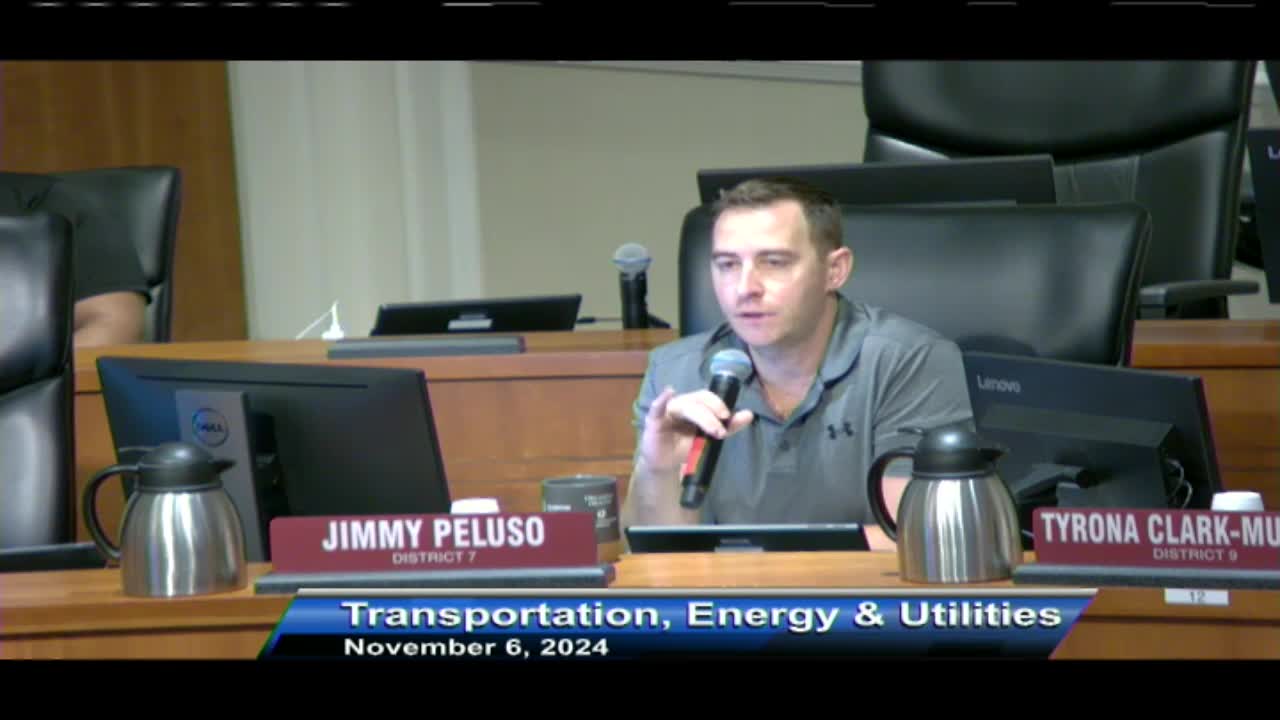Skyway project faces scrutiny over $246 million investment
November 06, 2024 | Jacksonville, Duval County, Florida
This article was created by AI summarizing key points discussed. AI makes mistakes, so for full details and context, please refer to the video of the full meeting. Please report any errors so we can fix them. Report an error »

During a recent government meeting, discussions centered on the future of the Skyway transportation system, particularly regarding its retrofitting and operational speeds. Currently, the Skyway vehicles can reach speeds of up to 35 miles per hour due to its dedicated aerial structure, which is free from street-level obstructions. However, the existing vehicles operating at street level are limited to a maximum speed of 25 miles per hour to align with urban transportation standards.
The meeting revealed plans for a significant investment of $246 million aimed at retrofitting the Skyway to accommodate faster autonomous vehicles. Council members expressed concerns about the feasibility and necessity of such an investment, especially given the current ridership numbers from pilot programs, which have yet to be fully reported. One pilot, running from the student center to the president's office at Florida State College at Jacksonville (FSCJ), covers a half-mile loop in approximately 20 minutes, raising questions about efficiency.
Councilman Peluso highlighted the importance of demonstrating stability in funding applications for federal grants, particularly for projects like the Emerald Trail and the St. John's River Ferry. The meeting also touched on the need for ridership projections, which are crucial for justifying the proposed investment in the Skyway system.
Comparisons were drawn with Miami's Skyway system, which operates differently and has seen more robust ridership due to supportive land use policies that encourage public transportation usage. The council members expressed a desire to analyze Miami's ridership data to assess the viability of Jacksonville's investment, particularly if local ridership remains below 1,500 daily users.
Overall, the discussions underscored the complexities of urban transportation planning, the challenges of justifying large expenditures, and the need for strategic policies to enhance public transit utilization in Jacksonville.
The meeting revealed plans for a significant investment of $246 million aimed at retrofitting the Skyway to accommodate faster autonomous vehicles. Council members expressed concerns about the feasibility and necessity of such an investment, especially given the current ridership numbers from pilot programs, which have yet to be fully reported. One pilot, running from the student center to the president's office at Florida State College at Jacksonville (FSCJ), covers a half-mile loop in approximately 20 minutes, raising questions about efficiency.
Councilman Peluso highlighted the importance of demonstrating stability in funding applications for federal grants, particularly for projects like the Emerald Trail and the St. John's River Ferry. The meeting also touched on the need for ridership projections, which are crucial for justifying the proposed investment in the Skyway system.
Comparisons were drawn with Miami's Skyway system, which operates differently and has seen more robust ridership due to supportive land use policies that encourage public transportation usage. The council members expressed a desire to analyze Miami's ridership data to assess the viability of Jacksonville's investment, particularly if local ridership remains below 1,500 daily users.
Overall, the discussions underscored the complexities of urban transportation planning, the challenges of justifying large expenditures, and the need for strategic policies to enhance public transit utilization in Jacksonville.
View full meeting
This article is based on a recent meeting—watch the full video and explore the complete transcript for deeper insights into the discussion.
View full meeting